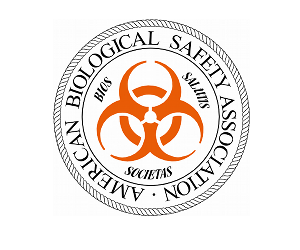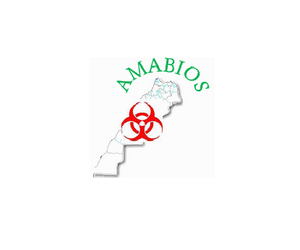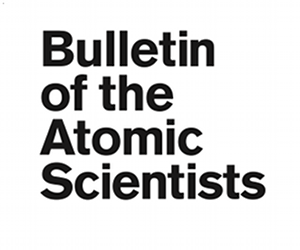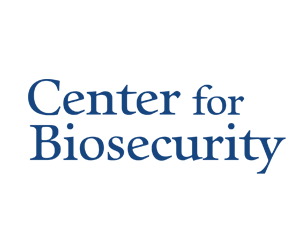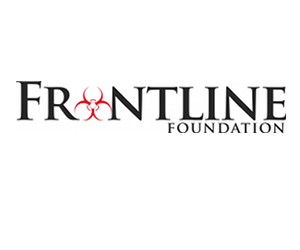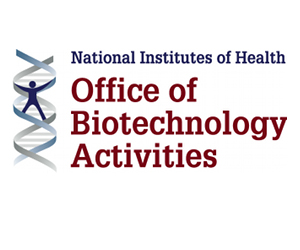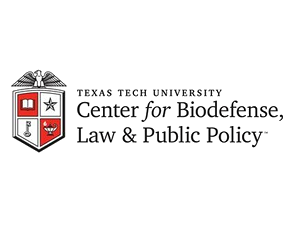Browse By Region

Browse By Category
Recent News
By Category: Agents & Toxins
U.S. Seeks Anthrax Toxin Treatments
The Obama administration has called for bids on the preparation of medicines to counter anthrax in people showing signs of infection following the deadly agent’s delivery in a biological strike, Global Biodefense reported on Monday. The request — issued by the Health and Human Services Department’s Biomedical Advanced Research and Development Authority — could result Read More »
- July 15, 2012
- | Filed under North America and Agents & Toxins
Dead Danish drug user tests positive for anthrax
(The Associated Press) COPENHAGEN, Denmark — Danish authorities say an intravenous drug user who injected heroin and died has tested positive for anthrax. The Health Ministry suspects the drug was contaminated with the bacillus anthracis strain of anthrax. The 55-year-old addict died Sunday. Terrorism is not suspected, and the health ministry says there is no Read More »
- July 10, 2012
- | Filed under Europe and Agents & Toxins
Ebola and Marburg Hemorrhagic Fevers: Neglected Tropical Diseases?
(PLoS Neglected Tropical Diseases) Ebola hemorrhagic fever (EHF) and Marburg hemorrhagic fever (MHF) are rare viral diseases, endemic to central Africa. The overall burden of EHF and MHF is small in comparison to the more common protozoan, helminth, and bacterial diseases typically referred to as neglected tropical diseases (NTDs). However, EHF and MHF outbreaks typically Read More »
- June 29, 2012
- | Filed under Africa, North America, Agents & Toxins, International, Policy & Initiatives, and Public Health
Gene discovery helps explain how flu can cause severe infections
(University of Edinburgh) Scientists have discovered a new gene in the influenza virus that helps the virus control the body’s response to infection. Although this control is exerted by the virus, surprisingly it reduces the impact of the infection. The study looked at how the gene affected the behaviour of “Spanish flu”, a virulent strain Read More »
- June 29, 2012
- | Filed under North America, Agents & Toxins, Public Health, and Research
UMass Amherst biochemists developing tools to stop plague and other bacterial threats
(University of Massachusetts at Amherst) iochemist Alejandro Heuck at the University of Massachusetts Amherst recently received a five-year, $950,000 grant from the National Institutes of Health to map the molecular structure of a needle-like tool used by deadly bacteria to drill holes in mammalian cell walls. Once a channel is open, bacteria that cause such Read More »
- June 29, 2012
- | Filed under North America, Agents & Toxins, Countermeasures, and Research




